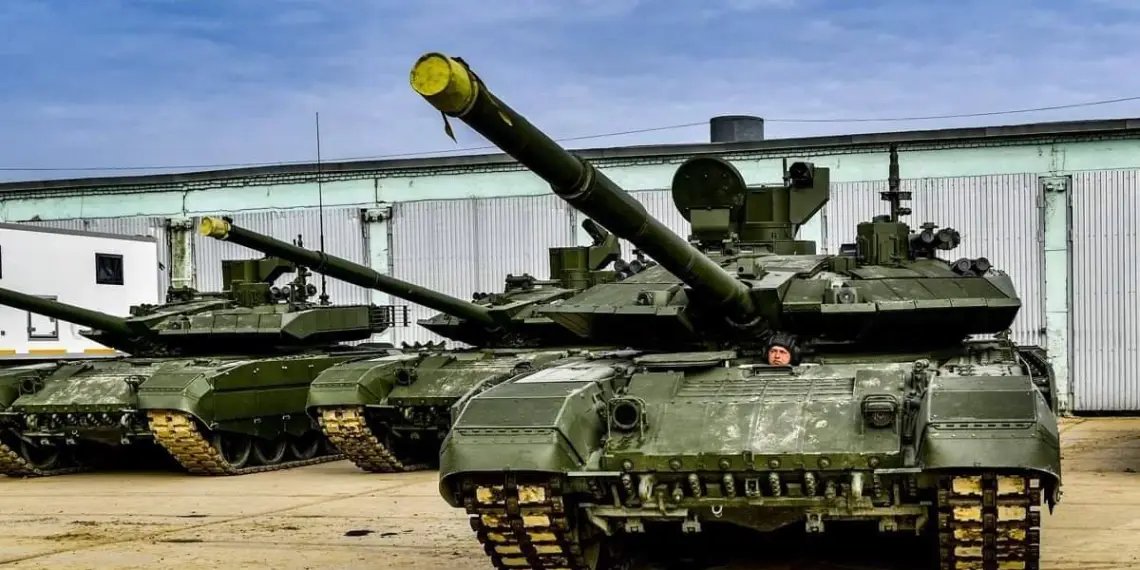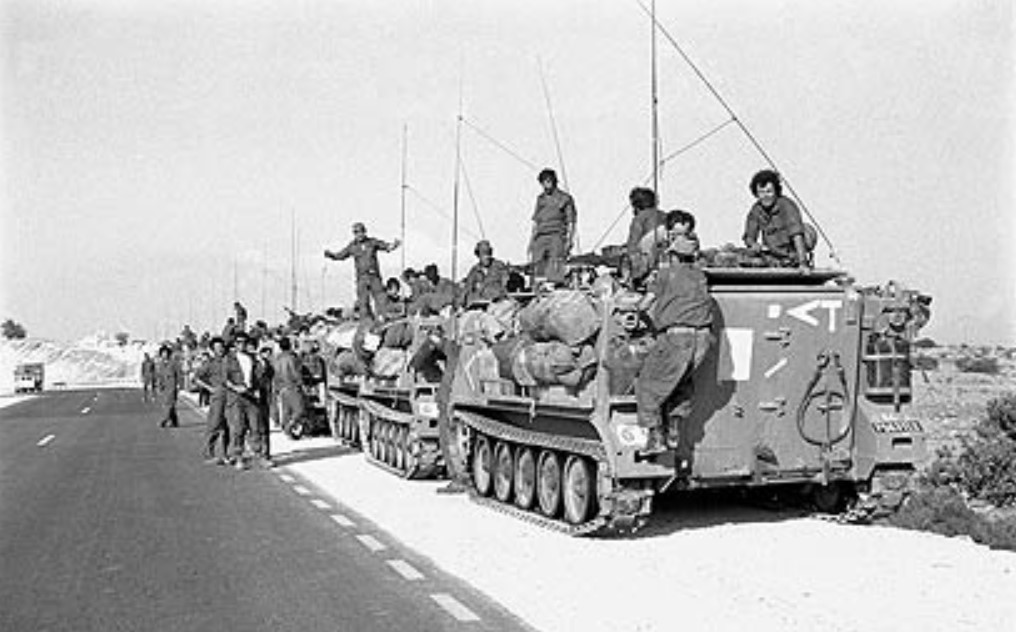Jane’s armoured fighting vehicles has gone to print with some huge changes in its 40th year. It’s now two books; wheeled and tracked and each of the 3,000 vehicles covered has a new structure. #landwarfare #armouredvehicles 

It’s taken myself and the Jane’s land team just under two years and 4,000 hours of research to rewrite the book! #research #published
In all, the books cover 440 vehicle families in 1.4 million words! #IHSMarkit
• • •
Missing some Tweet in this thread? You can try to
force a refresh
















